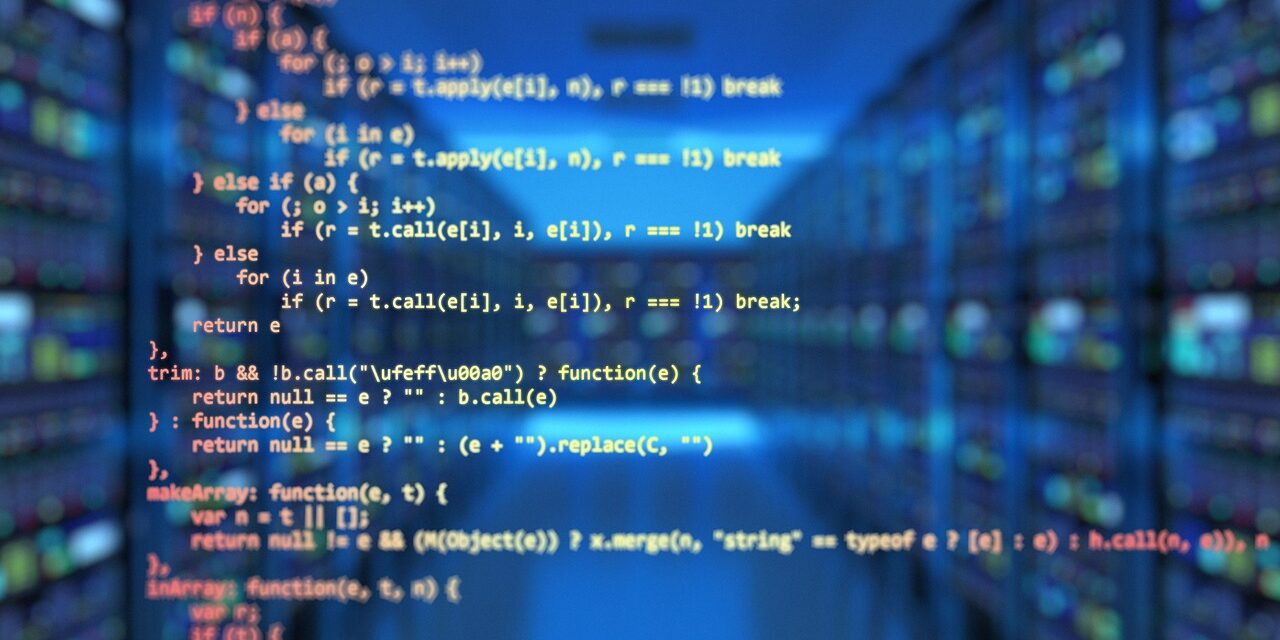Introduction to Data Science
Data Science In today’s digital age, data is more than just information; it’s a gold mine waiting to be explored and harnessed. Enter the realm of Data – a multidisciplinary field that combines statistical analysis, machine learning, and domain expertise to extract meaningful insights from data. In this blog post, we’ll take a deep dive into the world of Data Science, exploring its applications, methodologies, and the skills needed to unlock its full potential.
Understanding Data Science
What is Data Science?
It is the art and science of transforming raw data into actionable insights. It involves collecting, analyzing, and interpreting complex datasets to inform decision-making, solve problems, and uncover patterns that might otherwise remain hidden.
Key Components of Data Science
- Data Collection: The process of gathering raw data from various sources, which could include databases, APIs, or even sensors.
- Data Cleaning and Preprocessing: Ensuring data quality by handling missing values, removing outliers, and transforming data into a format suitable for analysis.
- Exploratory Data Analysis (EDA): Uncovering patterns, trends, and relationships within the data using statistical and visual methods.
- Model Building: Developing machine learning models to make predictions or classify data based on patterns identified during EDA.
- Model Evaluation and Deployment: Assessing the performance of the models and integrating them into real-world applications.
Applications
1. Healthcare
It plays a crucial role in personalized medicine, disease prediction, and optimizing healthcare operations.
2. Finance
In the financial sector, Data Science is used for fraud detection, risk assessment, and algorithmic trading.
3. Marketing
Marketers leverage data to understand consumer behavior, personalize campaigns, and optimize advertising strategies.
4. Transportation
From route optimization to predictive maintenance, It enhances efficiency and safety in transportation systems.
Methodologies in Data Science
1. CRISP-DM (Cross-Industry Standard Process for Data Mining)
A widely used methodology that outlines the steps in the Data process – from understanding the business problem to deploying the model.
2. Agile Data Science
An iterative approach that emphasizes collaboration, flexibility, and quick adaptation to changing requirements.
Skills for a Data Scientist
1. Programming Skills
Proficiency in languages like Python or R is crucial for data manipulation, analysis, and model implementation.
2. Statistical Knowledge
A solid understanding of statistical concepts is essential for accurate analysis and model interpretation.
3. Machine Learning
Knowledge of machine learning algorithms and techniques for predictive modeling.
4. Domain Expertise
Understanding the specific industry or domain to contextualize data analysis and derive actionable insights.
The Future of Data Science
As technology advances, the role of Data will continue to evolve. The integration of artificial intelligence, the Internet of Things (IoT), and big data will open new frontiers, offering unprecedented opportunities and challenges.
Conclusion
In a data-driven world, the role of Data is more critical than ever. It empowers organizations to make informed decisions, uncover hidden opportunities, and stay ahead in a rapidly changing landscape. Whether you’re an aspiring data scientist or a business leader looking to harness the power of data, understanding the principles and applications of It is a journey worth embarking on. As we continue to explore the vast potential of data, the possibilities for innovation and discovery are limitless.





